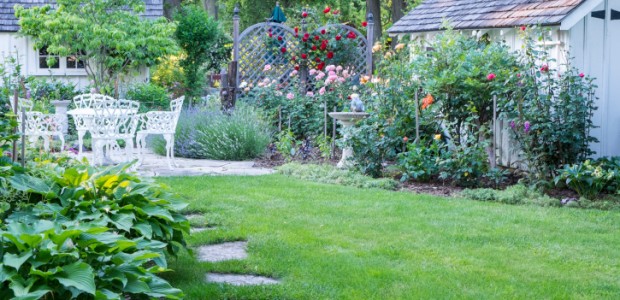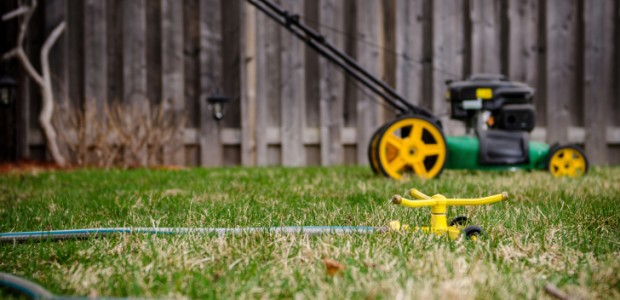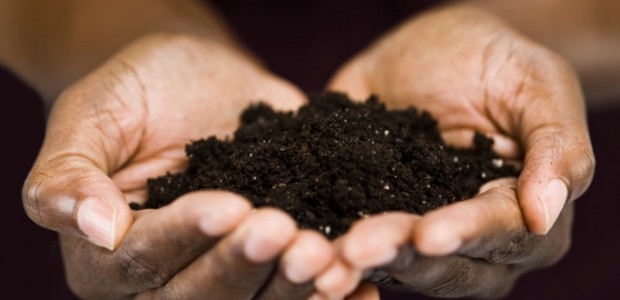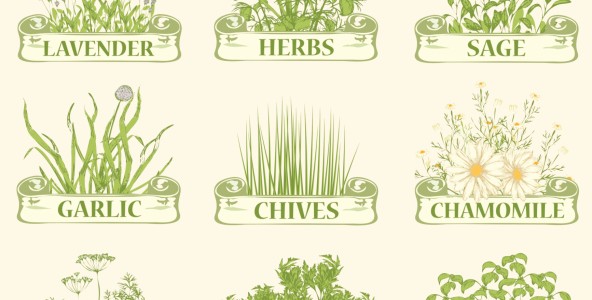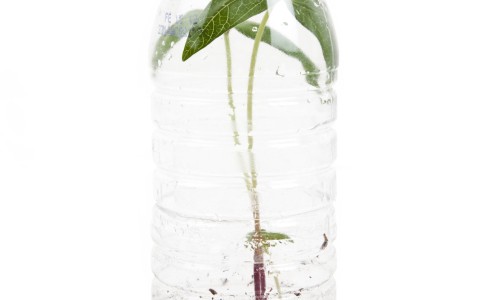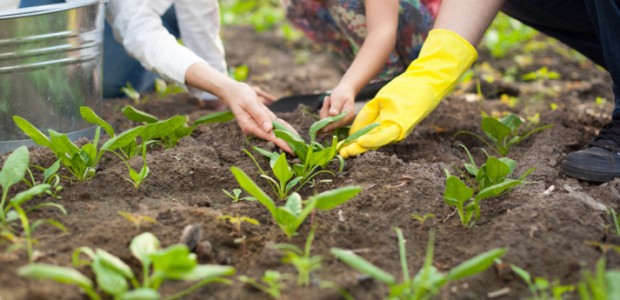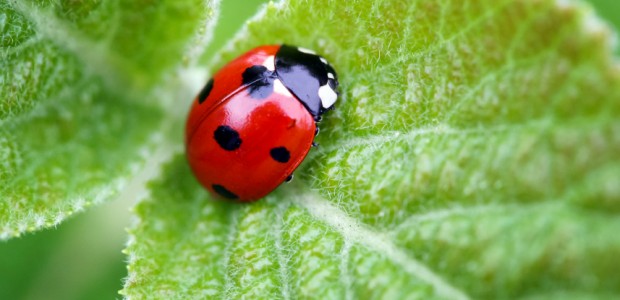No home is complete without a spruced up backyard. Even if this outdoor area is rather small, with the right touch, it can look better than ever before, and more importantly, it can be used as a versatile form of living space. From outdoor kitchens to in-ground swimming pools, there are many ways to make use of a backyard. And best of all, there are many green-friendly techniques you can follow to ensure you turn your backyard into a green-living haven.
Revamp Your Used Furniture
Your current outdoor patio furniture may seem a bit worn out, but by upcycling these pieces, you’ll be well on your way to revamping them into completely new pieces. From adding a fresh coat of paint to replacing the cushions, there are many affordable and eco-friendly methods for sprucing up old furniture and extending its longevity.
Be Cautious with the Way You Plant Flowers and Trees
If your backyard is spotted with plants, flowers and trees that require lots of water, you’ll at least want to group these together. In doing so, it will be easier to water these areas on a more consistent basis than you do other areas of the yard. Not only does this help conserve water, but it will do wonders for your water bill.
Do the Work Yourself
One of the best ways to create a backyard haven in a green-friendly way is by doing the work yourself. From raking the yard to digging holes to planting flowers, when you do things yourself, this allows you to accomplish your tasks in the greenest manners possible. And in addition to taking lots of pride in the end-product, you’ll also save a ton of money by doing the work yourself. Do keep in mind, though, that maintaining your backyard will take lots of work; it will need your attention all year long.
